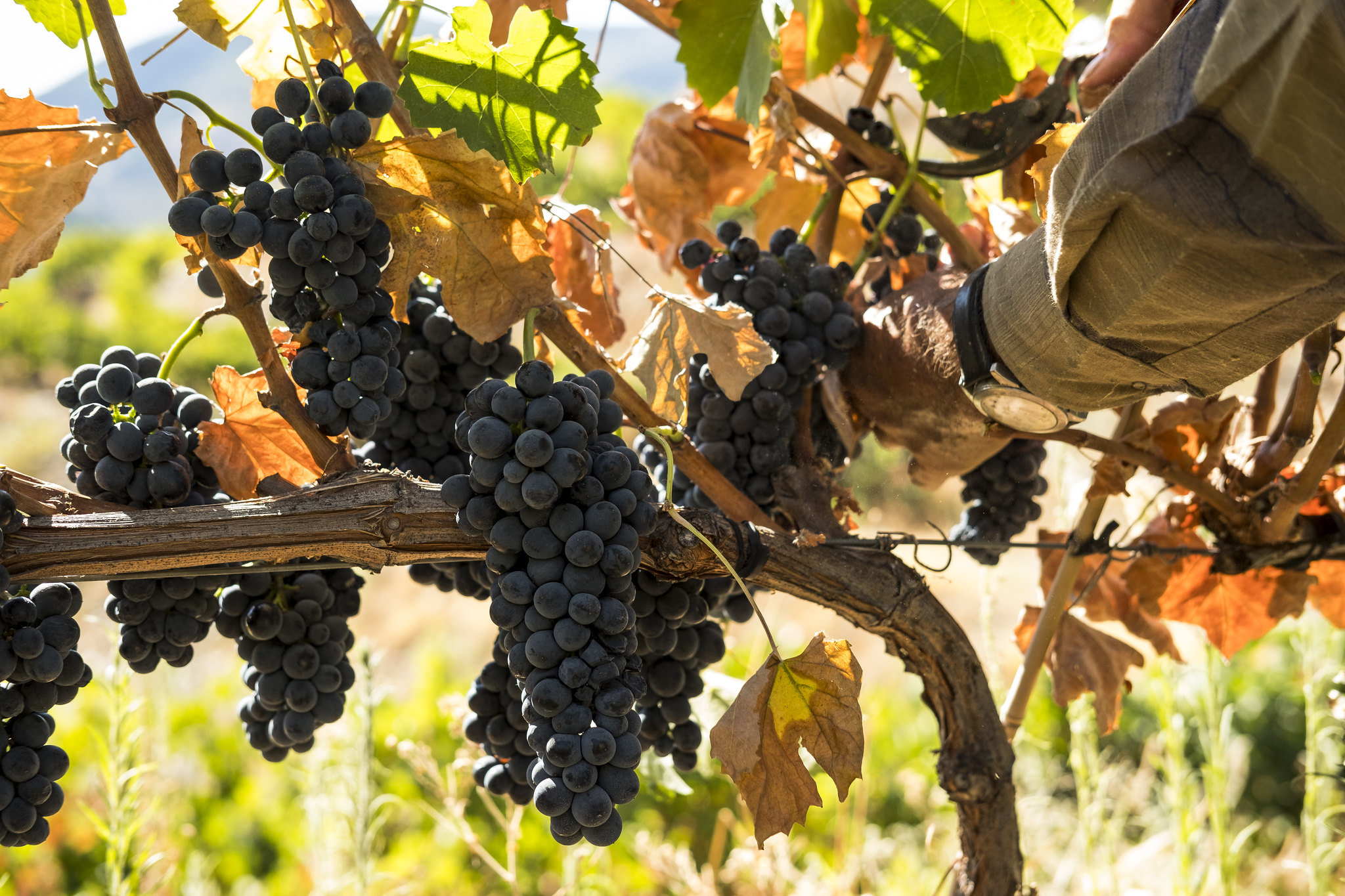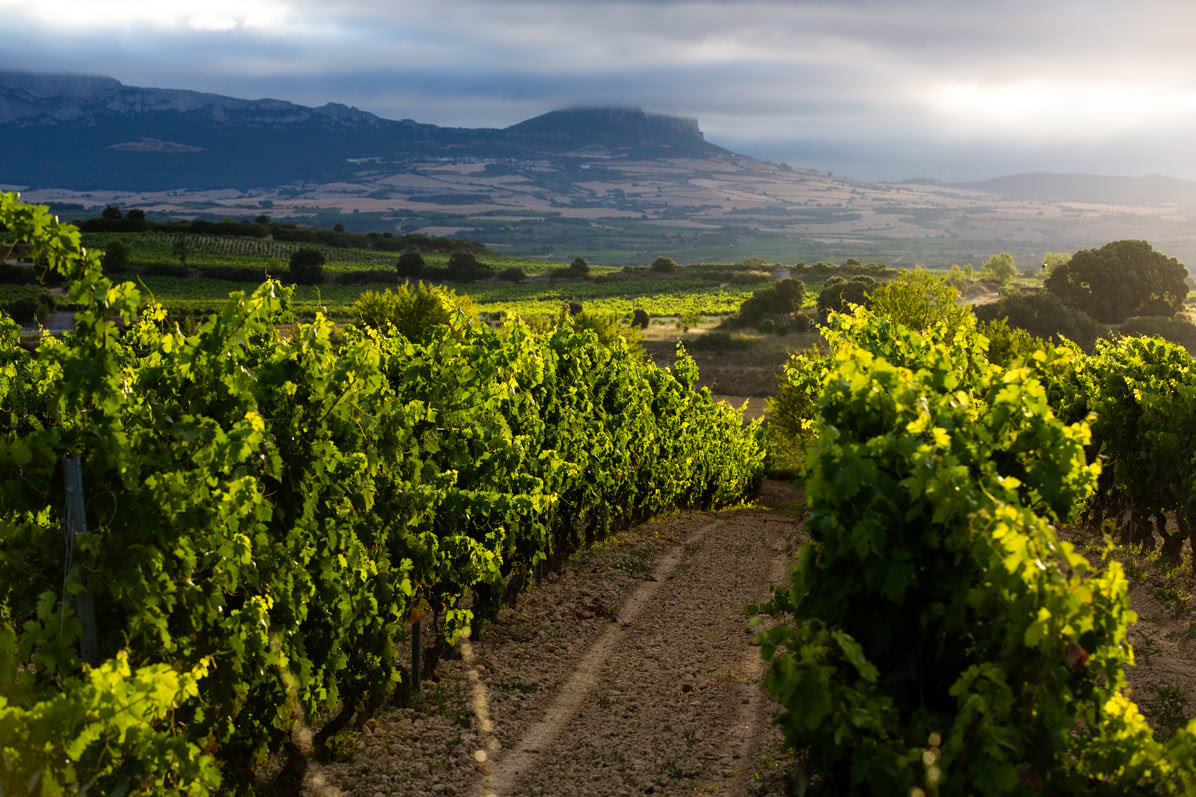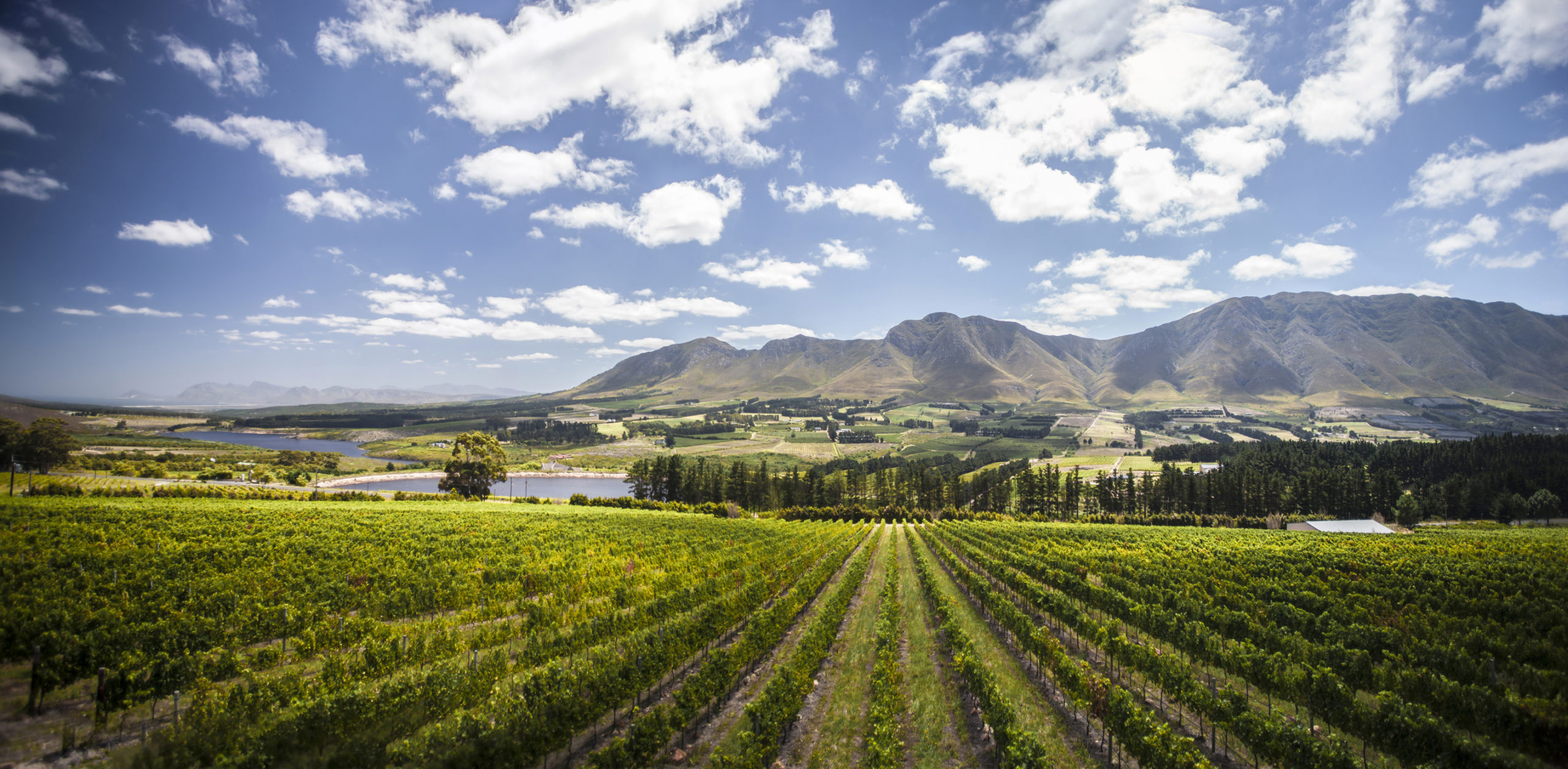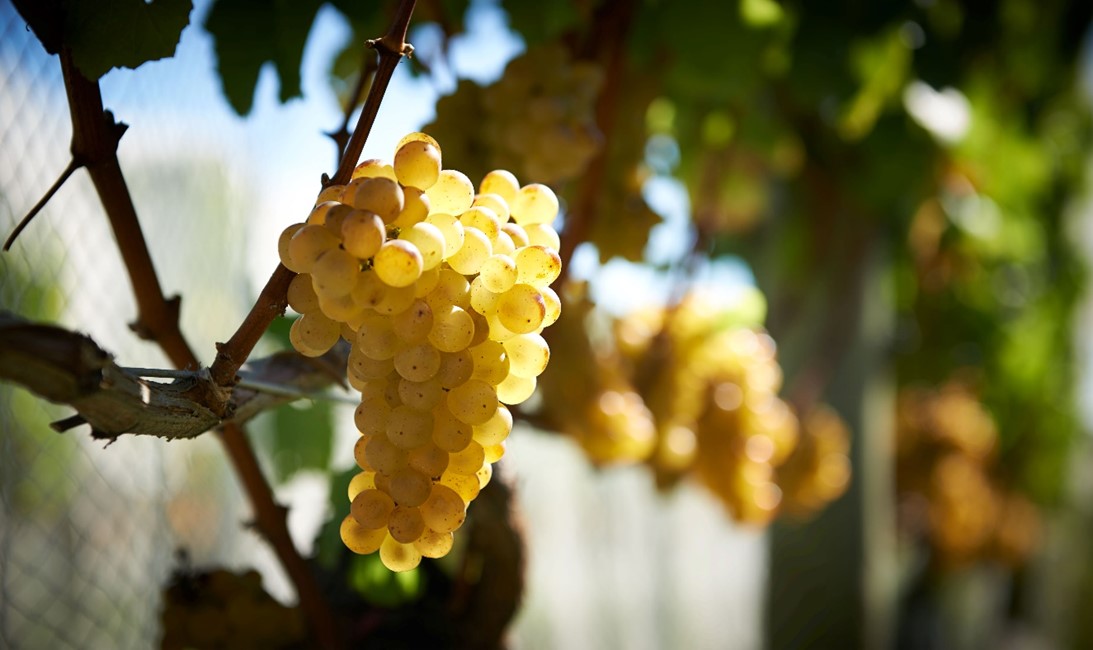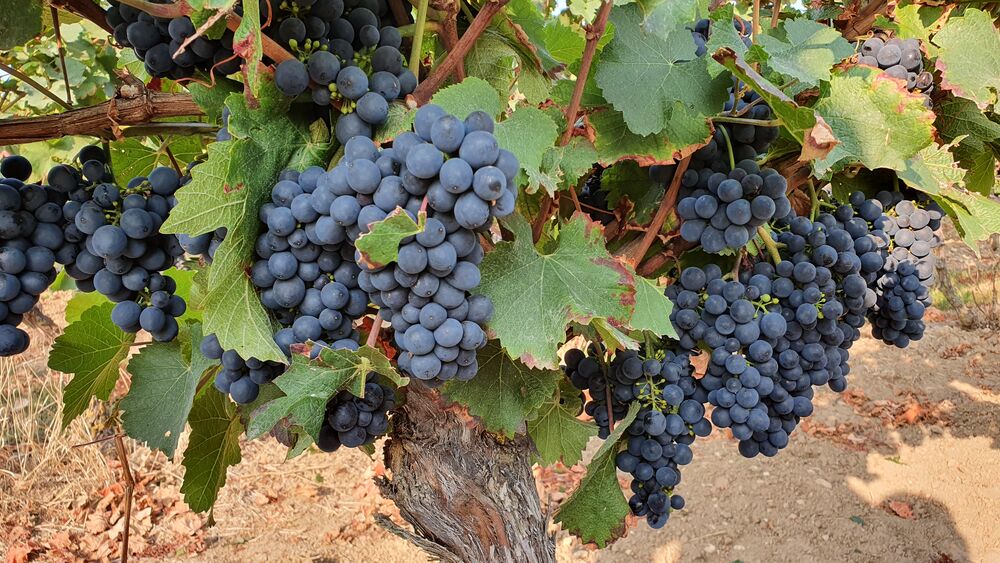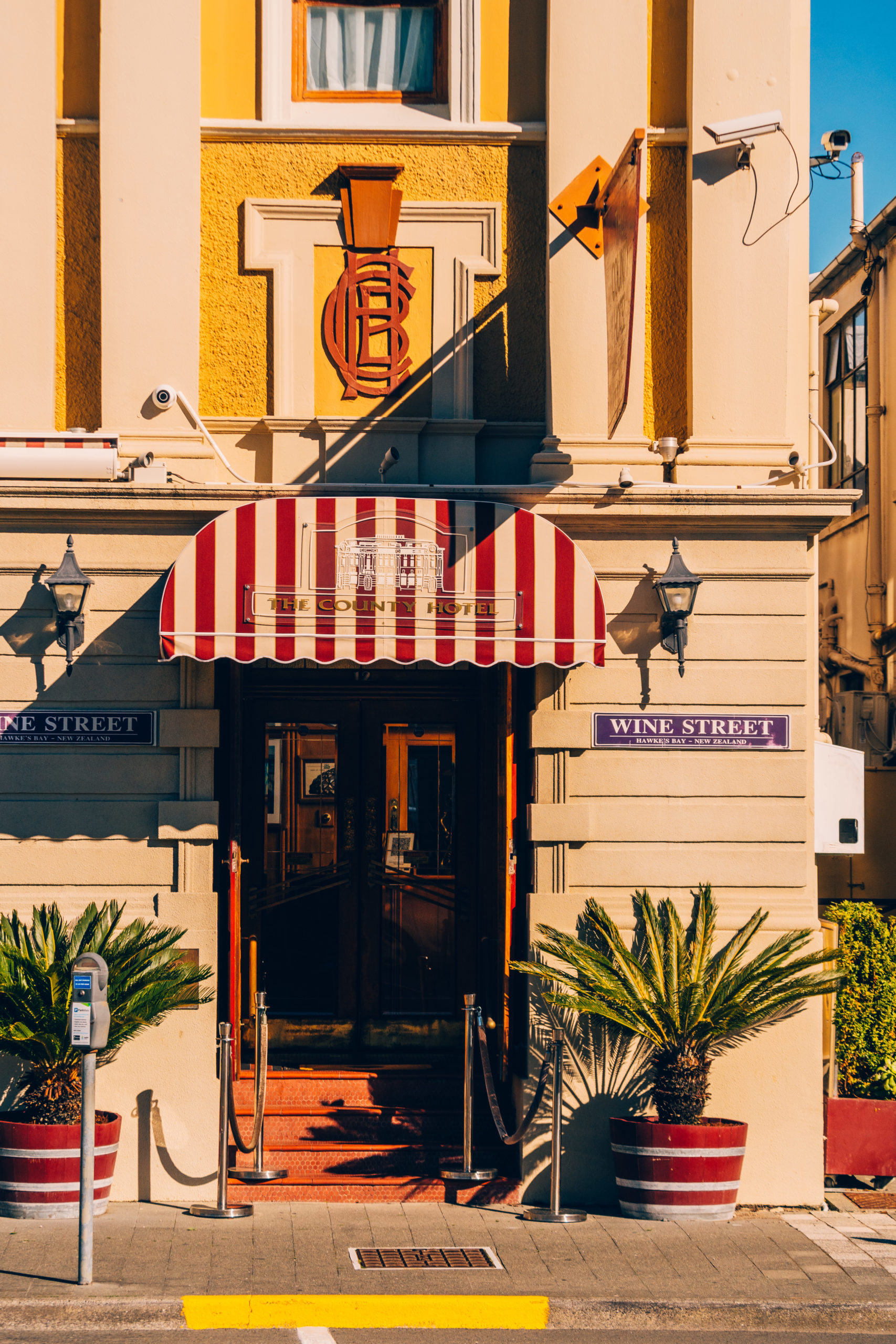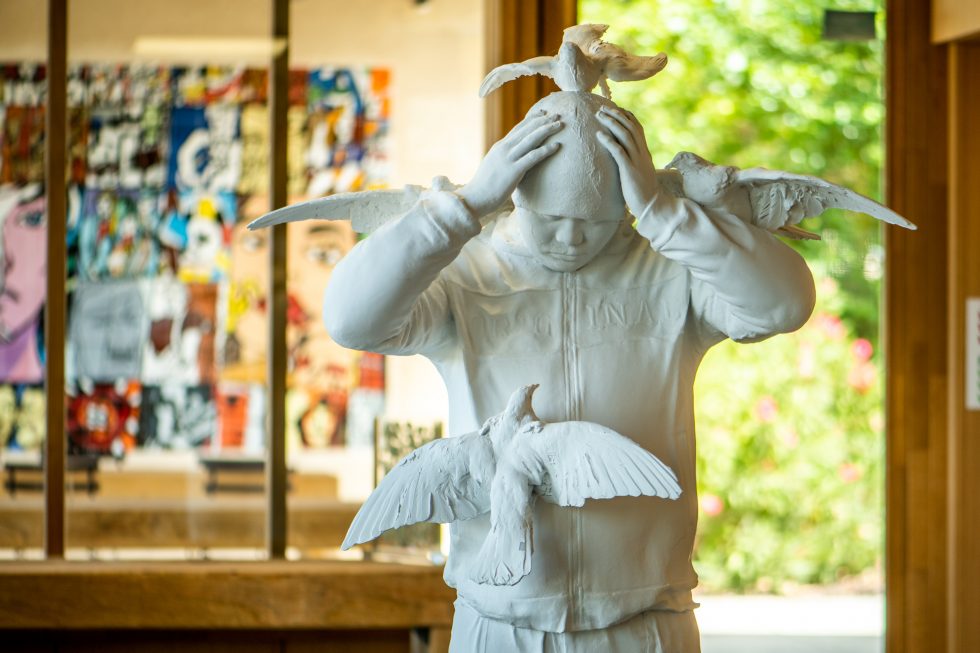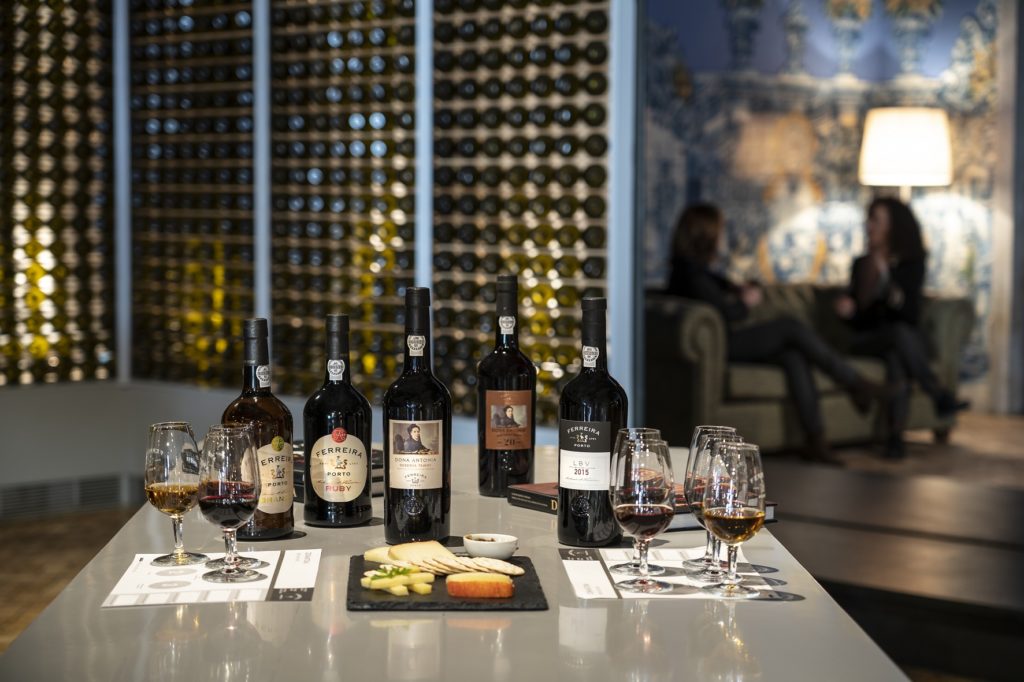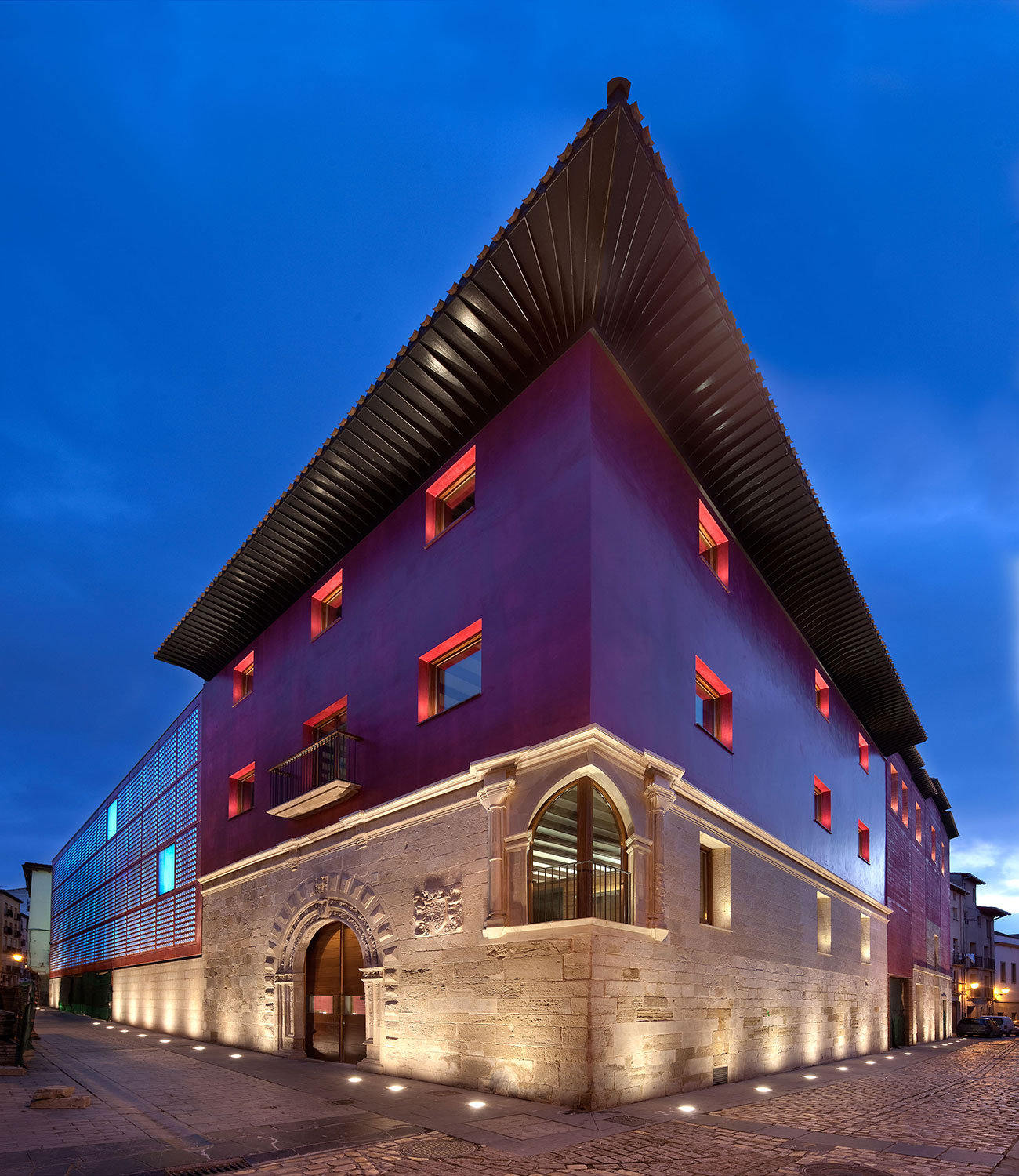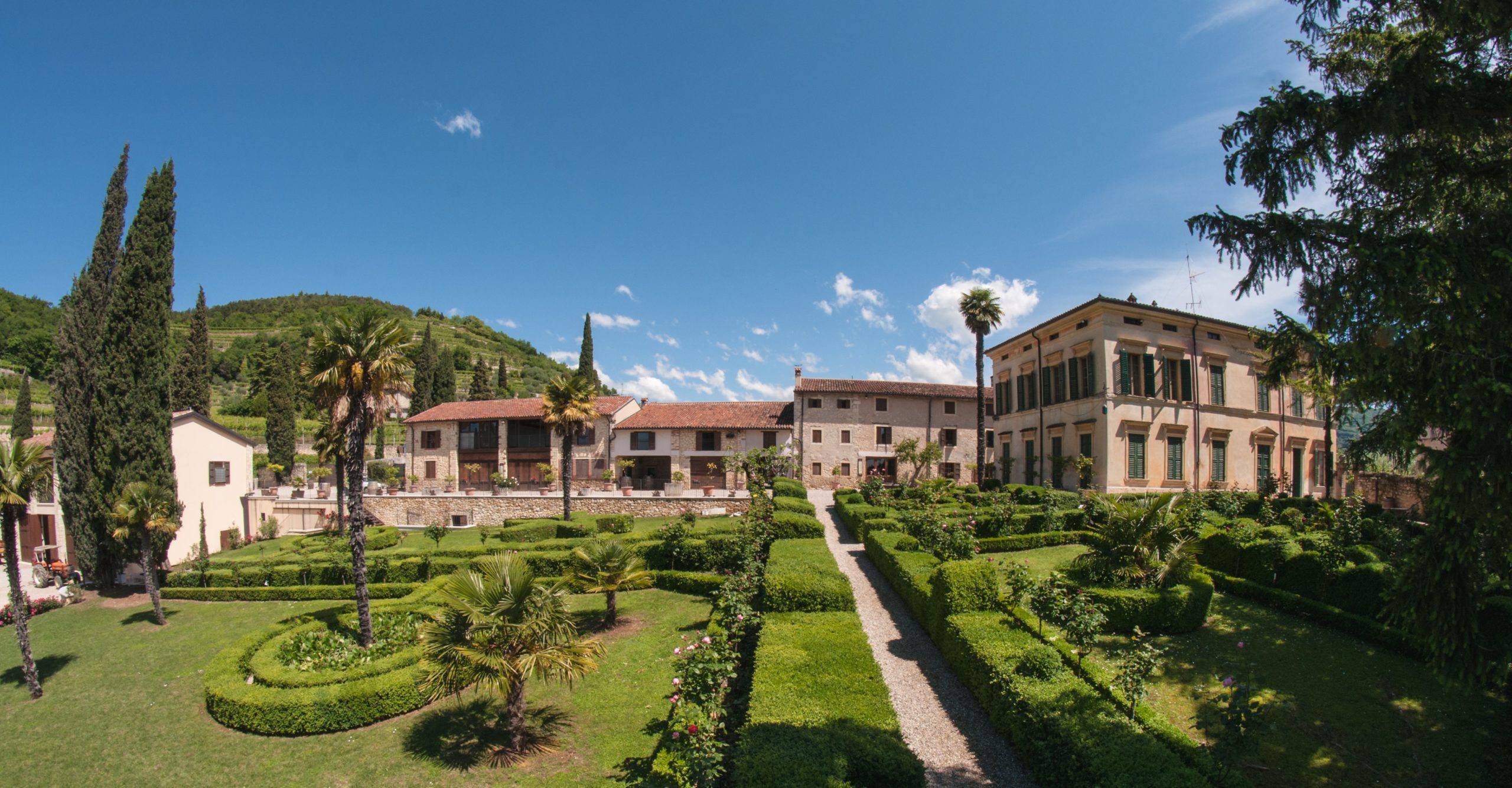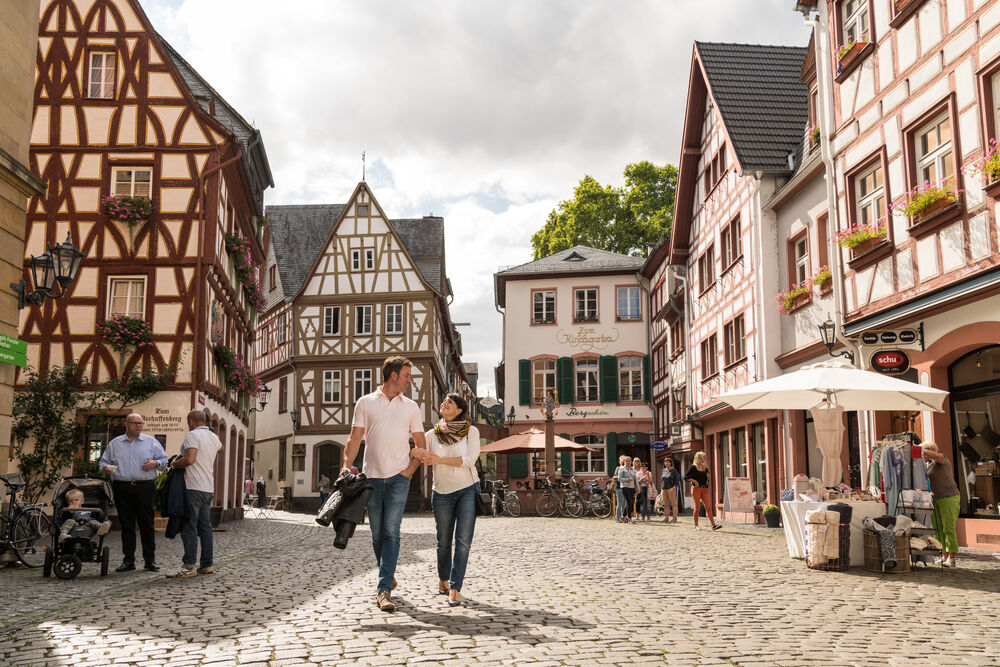Porto, Douro and Vinhos Verdes regions are embracing innovation to ensure climate resilience and the sustainability of their wine and vineyards
Research Guidelines for the Challenge of Climate Change in Rioja
The DOCa Rioja wants to preserve typicity and character of Rioja wines in the face of climate change. Scientists research grape varieties in Rioja vineyards to determine how they would adapt to a warmer climate.
WWF Conservation Champions in Cape Town & the Cape Winelands
95% of SA’s wine growing takes place in the Cape winelands. Yet, this vast area under vine is also home to two global biodiversity hotspots – the Succulent Karoo and Cape Floral Kingdom. Both these hotspots are unique habitats found nowhere else in the world!
Resilient Viticulture in Hawkes Bay: Exploring New Grape Varieties for a Warmer World
Hawke’s Bay boasts a temperate maritime climate with distinct regional variations. Climate predictions however suggest several key changes in the coming decades due to climate change. The change in climate will necessitate the introduction of more warm-climate varieties, a venture which is already underway.
Diversity – the future of winegrowing
Rheinhessen is one of the warmest regions in Germany. Plenty of sunshine, mild winters with only light frosts and nutrient-rich soils have always provided an ideal location for winegrowing. Riesling, Dornfelder, Müller-Thurgau and Portugieser are the main grape varieties grown in the region. These classic grape varieties are dependent on constant climatic conditions in order to thrive and achieve high yields. For this reason, these very grape varieties, that Rheinhessen is well known for and appreciated worldwide, could be the losers of the climate crisis. That is because they are barely able to adapt to the changing climatic conditions and increasing extreme weather events.
Hawke’s Bay culture and wine wrapped into one
Visit Hawke’s Bay, New Zealand’s Art Deco Capital, and you simply can’t escape the story of the 1931 earthquake that shaped the region. The post-quake rebuild gave the region the gift of Art Deco architecture throughout the cities of Napier and Hastings, and the rerouted rivers left in their wake unrivalled terroir, perfect for full-bodied red wines and complex Chardonnay.
Putting the Culture in Viticulture – Bordeaux for art lovers
As Wine and Art pioneer, Château Mouton Rothschild announces their latest label, let me take you on a tour of Bordeaux properties highlighting the culture in viticulture and how every vintage is an opportunity for new artistic inspiration.
Harmony of Heritage: Cultural Encounters in Porto, Douro and Vinhos Verdes
Celebrating wine in cultural encounters from the historic cellars of Porto to the terraced slopes of Douro and the lush vineyards of Vinhos Verdes.
The Rioja Wine Culture Center: Cultural Encounters in the Heart of Logroño’s Old Town
Located in the heart of Camino de Santiago, the Rioja Wine Culture Centre is the centerpiece of the golden triangle of wine tourism in Logroño’s Old Town.
Enrico Cascella Spinosa’s tale of Valpolicella and Villa Spinosa
“I have always considered wine a cultural product – says Enrico Cascella Spinosa who leads Villa Spinosa – and this is why culture plays a central role in our corporate project.”
Mendoza celebrates Wine and Culture throughout the year
In Mendoza, the talent of its people blends with the local winemaking tradition, providing a broad agenda of cultural and wine related activities each season.
Rheinhessen’s cultural and architectural highlights
More than 2000 years of wine culture in Rheinhessen has produced outstanding wines over the course of time. Beyond that, the region is also worth a visit in terms of culture, history and architecture. Medieval half-timbered houses, grand estates, Victorian villas and winegrowing families, who have been cultivating wine for generations, testify a rich history that you should not overlook.
